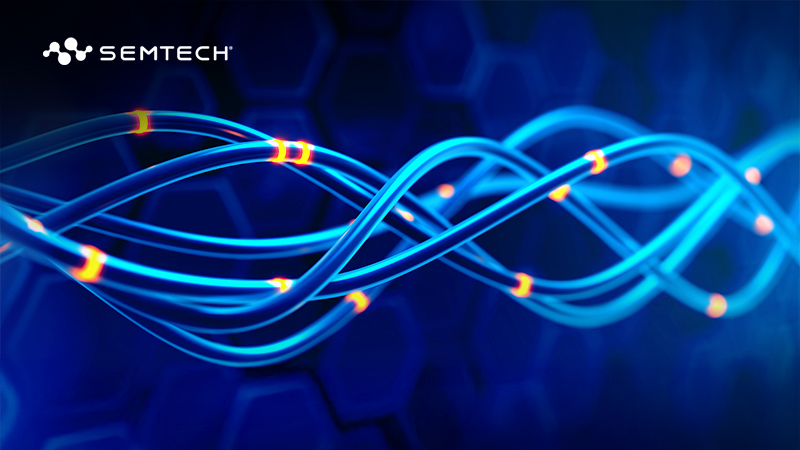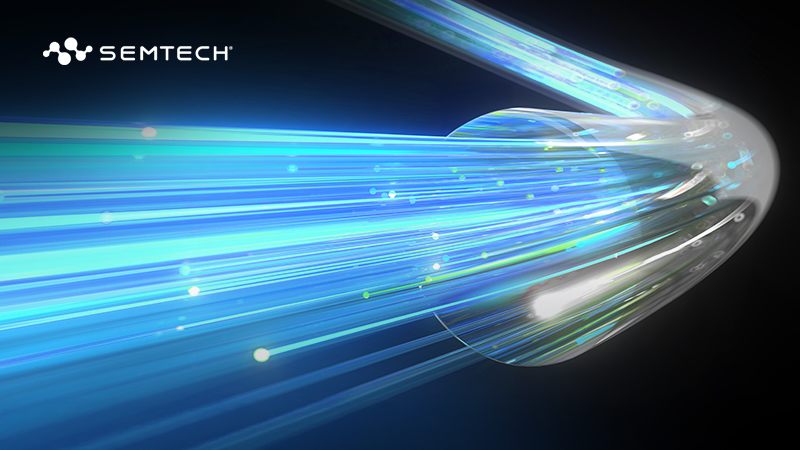Overview
The GS3490 features integrated adaptive cable equalizerand cable driver functionality. The GS3490 can be field-configured as a SMPTE compliant cable equalizer or a SMPTE compliant cable driver.
The GS3490 is optimized for applications with limited I/O space. With its configurable EQ and Cable driver functionality, the GS3490 can be utilized as a single-device solution in applications where the interface connector can be configured as either an input or output.
The GS3490's cable equalizer is optimized for operation at 2.97Gb/s, 1.485Gb/s and 270Mb/s while providing typical cable reach of 140m at 2.97Gb/s, 250m at 1.485Gb/s and 550m at 270Mb/s.
In cable driver mode, the dual slew rate capability provides compatibility to SMPTE ST 259, SMPTE ST 292 and SMPTE ST 424 interfaces.
Order Codes
- GS3490-INE3: Lead-Free, RoHS Compliant, Tray-490 Pieces
- GS3490-INTE3: Lead-Free, RoHS Compliant, Tape and Reel-250 Pieces
- GS3490-INTE3Z: Lead-Free, RoHS Compliant, Tape and Reel-2500 Pieces
PB Free/ROHS
Learn More →Features
- Connection to a single BNC connector as an adaptive cable equalizer or cable driver
- Multi-rate operation from 125Mb/s to 2.97Gb/s (performance optimized for SMPTE ST 424, SMPTE ST 292 and SMPTE ST 259 data rates)
- Supports DVB-ASI at 270Mb/s
- Integrated 100ohm differential digital data input/output termination
- Low power operation:
- 206mW typical power consumption in EQ mode
- 190mW typical power consumption in CD mode
- Operating temperature range: -40°C to +85°C
- 5mm x 5mm QFN package
| Documents | Release Date | Type | |
|---|---|---|---|
| GS3490 Datasheet | 2019-10-10 | ||
| GS3490 Reliability Qualification Report | 2021-03-16 | ||
| GS3490 Evaluation Board User Guide | 2021-12-22 | ||
| GS3490 IBIS-AMI Model User Guide | 2018-11-14 | ||
Applications
- SMPTE ST 424, SMPTE ST 292 and SMPTE ST 259 interfaces requiring switching between cable equalizing or cable driving functionality
Inventory
| Product | Country | Distributor | Qty | Buy |
|---|


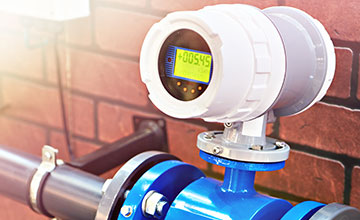

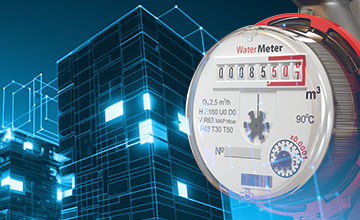







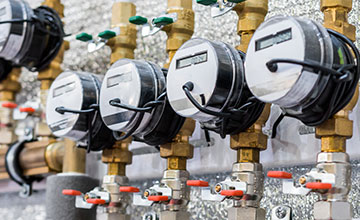


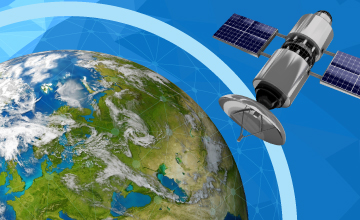

.png)







